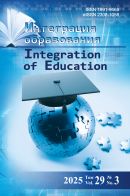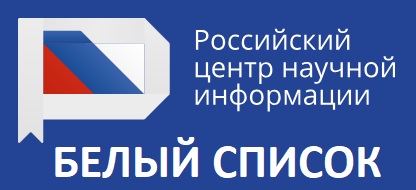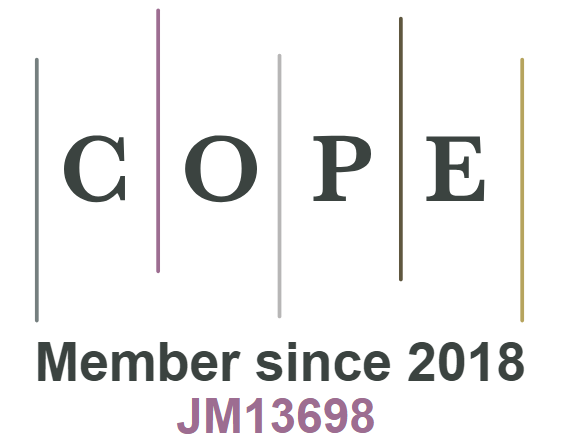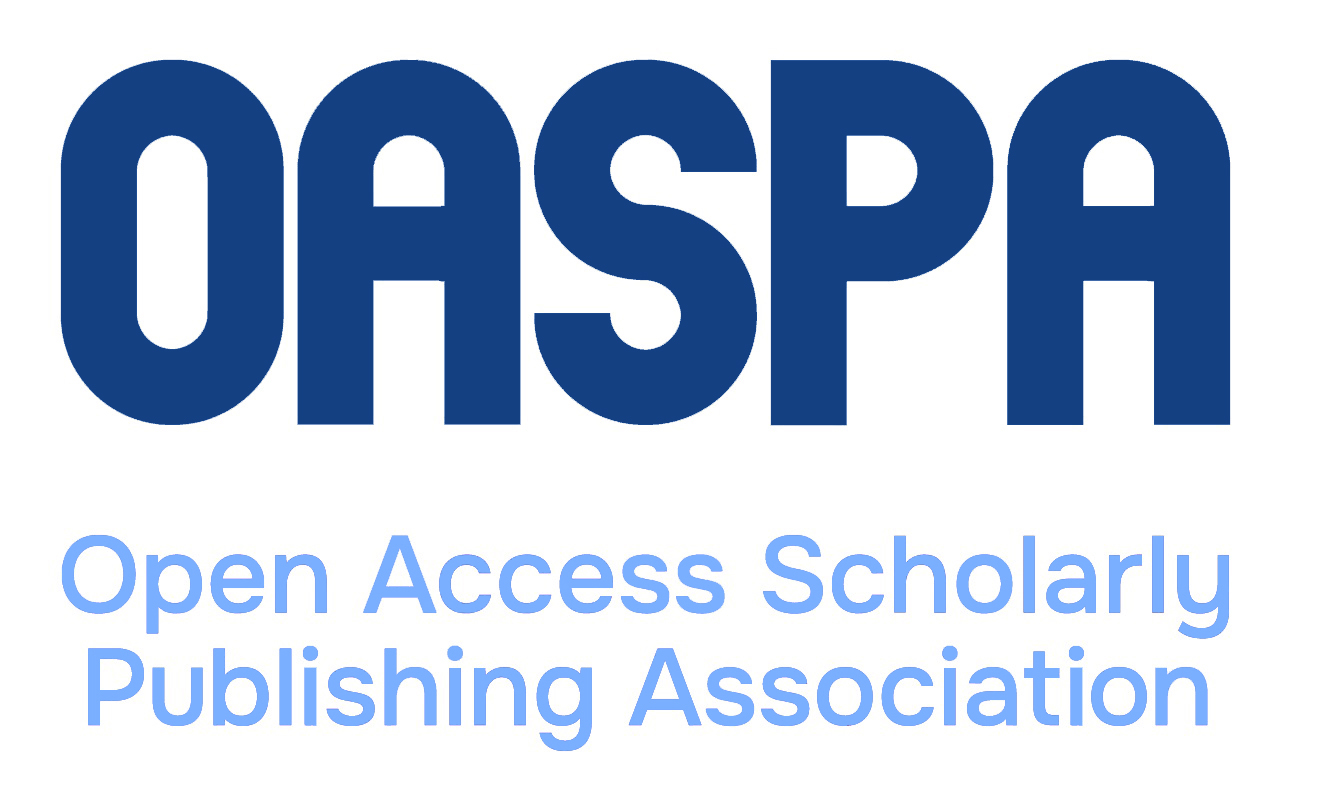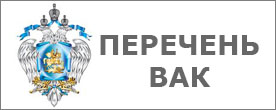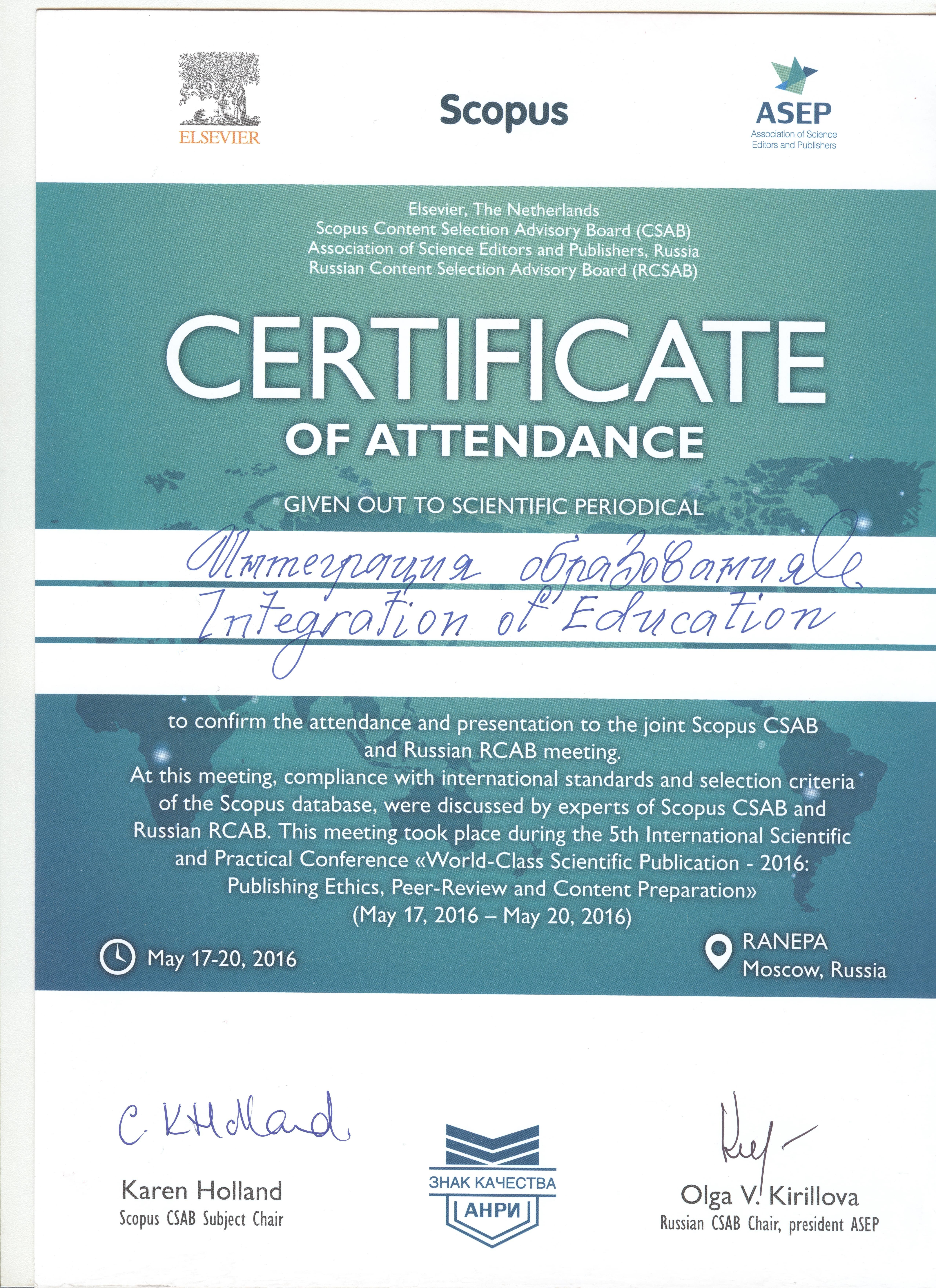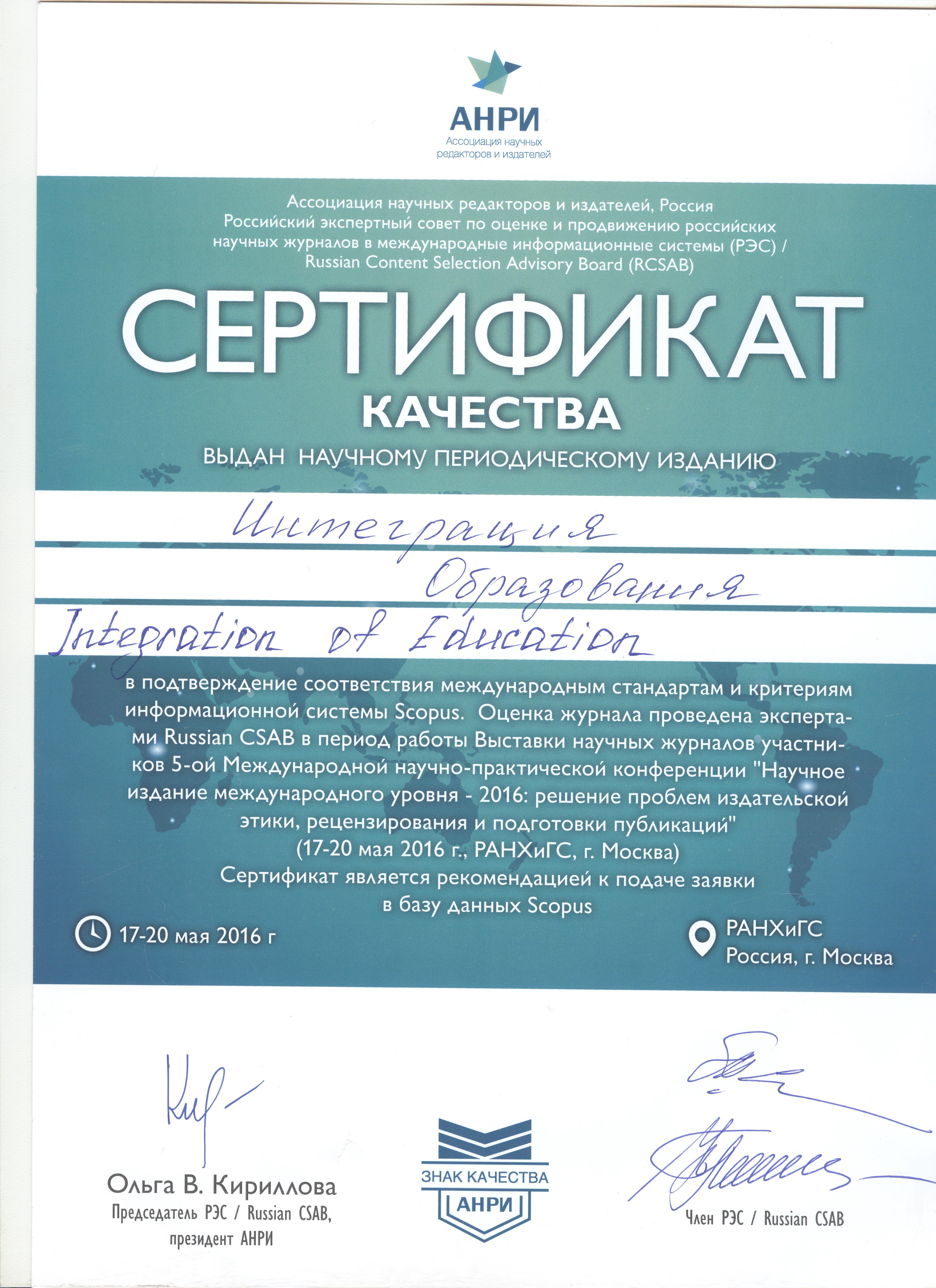DOI: 10.15507/1991-9468.109.026.202204.613-636
Modeling University Faculty Member’s Digital Image
Galina S. Timokhina
Associate Professor of the Marketing Chair, Plekhanov Russian University of Economics (36 Stremyanny per., Moscow 117997, Russian Federation), Cand.Sci. (Econ.), Associate Professor, ORCID: https://orcid.org/0000-0001-7322-8063, Scopus ID: 57221204007, Researcher ID: M-4416-2016, This email address is being protected from spambots. You need JavaScript enabled to view it.
Olga I. Popova
Associate Professor of the Marketing and Management Chair, Ural State University of Economics (62/45 St. March 8/Narodnaya Volya, Yekaterinburg 620000, Russian Federation), Cand.Sci. (Sociol.), Associate Professor, ORCID: https://orcid.org/0000-0001-9954-4259, Researcher ID: AAF-9753-2019, This email address is being protected from spambots. You need JavaScript enabled to view it.
Natalia B. Izakova
Associate Professor of the Marketing and Management Chair, Ural State University of Economics (62/45 St. March 8/Narodnaya Volya, Yekaterinburg 620000, Russian Federation), Cand.Sci. (Econ.), Associate Professor, ORCID: https://orcid.org/0000-0003-1316-2634, Scopus ID: 57218249624, Researcher ID: AAQ-6542-2021, This email address is being protected from spambots. You need JavaScript enabled to view it.
Absrtact
Introduction. The discussion of the shaping of a digital image of university faculty member is driven by the need for effective educational interaction between students and faculty in the context of digitalization. However, there are practically no studies of the faculty’s image as a system, as well as technologies for modeling the faculty’s digital image. The objective of this study is to model faculty’s digital image for purposes of decision-making in the process of managing digital image in educational interactions.
Materials and Methods. Secondary data were received through methods of content analysis and systemic and structural-functional evaluation of information. Primary data were obtained through comparative marketing study of faculty’s digital image on a sample of 400 students and 92 faculty members of a Moscow-based and a regional university and through an expert survey. Methods of multivariate scaling and analysis of statistically significant differences were also applied.
Results. Novelty of the study lies in incorporating basic and instrumental core components in the model of university faculty’s digital image due to a dual role of “digital competence” element. The image modeling technique is also developed. It is noticed that faculty’s digital competence is not only an element in the structure of faculty’s image, but also a tool that transmits the image to external environment. Based on results of the study, recommendations on implementation of technique of faculty member’s digital image modeling are proposed. Revealed differences in opinions of students and faculty of two universities can be attributed to unequal access to digital technologies in different regions.
Discussion and Conclusion. Conclusions made by authors contribute to development of scientific thought on shaping and promotion of university faculty’s digital image. Results of the comparative study will enable the Moscow-based and regional universities faculty to differentiate and precisely approach issues of shaping and promoting personal digital image.
Keywords: digital image model, digital competence, university students and faculty, educational interaction, image management
Conflict of interests: The authors declare no conflict of interest.
For citation: Timokhina G.S., Popova O.I., Izakova N.B. Modeling University Faculty Member’s Digital Image. Integration of Education. 2022;26(4):613–636. doi: https://doi.org/10.15507/1991-9468.109.026.202204.613-636
All authors have read and approved the final manuscript.
Submitted 04.05.2022; approved after reviewing 29.08.2022;
accepted for publication 05.09.2022.
Contribution of the authors:
G. S. Timokhina – research supervisor; development of methodology; collection of data and evidence; formalized data analysis; preparation of the initial and final version of the article.
O. I. Popova – collection of data and evidence; formalized data analysis; forming conclusions.
N. B. Izakova – conducting a critical analysis of materials and forming conclusions.

This work is licensed under a Creative Commons Attribution 4.0 License.








